
10 Tips and Tricks for Designing Multicolor Flow Cytometry Panels
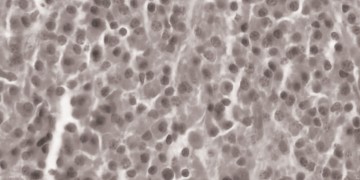
Protocol: Preparation of Cells for Flow Cytometry
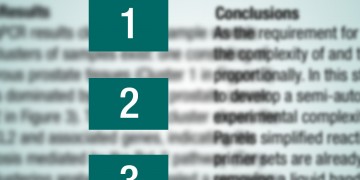
Get Published! 10 Tips for Getting Published Successfully

7 Tips for Choosing the Right Antibody for Western Blotting
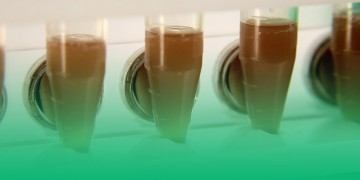
SureBeads™ Magnetic Beads Standard Immunoprecipitation Protocol

Ligand Immobilization in Protein Interaction Studies — An Unattended Amine Coupling Protocol with Automatic Coinjection Activation

DIY Cell Sorting with Bio-Rad’s S3™ Cell Sorter
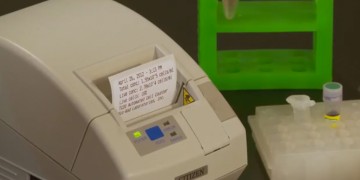
TC20™ and TC10™ Cell Counters – Cleaning the Print Heads for Clear Printed Results
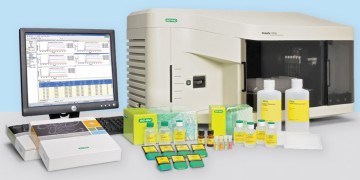
Guide to SPR Data Processing on the ProteOn™ XPR36 System


